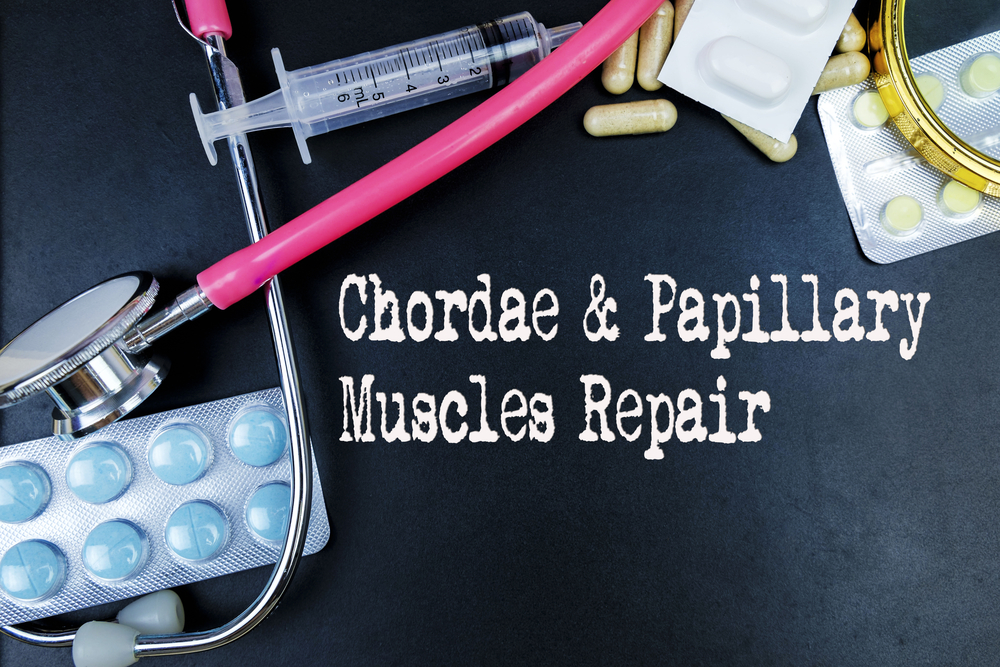Chordae & papillary muscles repair are found in the human heart which play an essential role in the primary function of it. The papillary muscles can be found in the contractile portion of the heart known as ventricles. These ventricles are responsible for exerting the pressure needed to eject the blood from the heart, and they comprise approximately 10 % of the total weight of the heart.
The chordae tendineae originate from the papillary muscles and are primarily responsible for the prevention of the prolapse of the valves of the heart. These valves are divided into two or three leaflets which function to close off the chamber to prevent reflux of blood. The chordae tendinae is also responsible for maintaining the structural integrity of the ventricles.
These two structures, because of their location, are prone to injury that may be caused by blunt chest trauma and heart attack.


